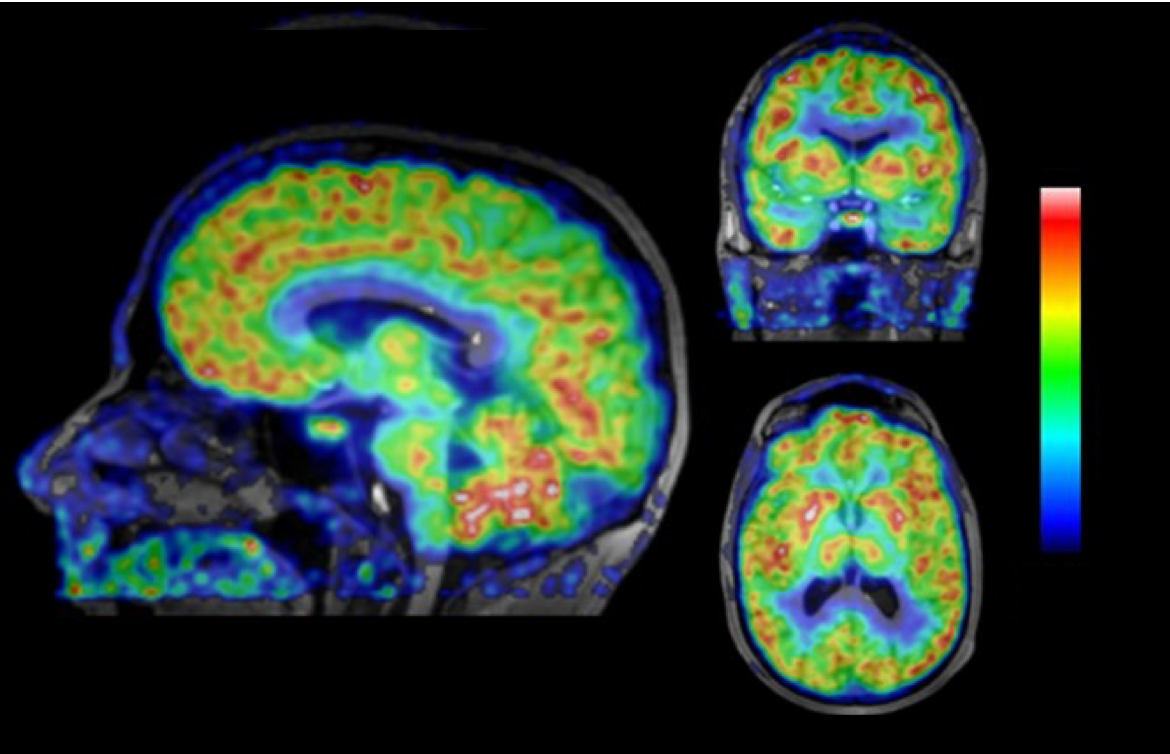Novel 18F-Labeled PET-Tracers for Use in Treatment of Neurological Disorders
Novel 18F-labeled GSK3β inhibitors that can cross the blood brain barrier.
Dysregulation of Glycogen Synthase Kinase 3β (GSK3β) is associated with several neurodegenerative diseases, such as Parkinson’s, Alzheimer’s and Huntington’s. Therefore, development of a selective GSK3β PET tracer would enable both, early detection of its aberrant activity and facilitate therapeutic drug discovery. However, efforts to develop a potent tracer has remained unsuccessful due to either poor penetration of the blood-brain-barrier (BBB) and/ or short half life of traditional radio-label conjugate, 11C, used as a radio-label.
Researchers at Stony Brook University have developed novel 18F radiolabeled GSK3β inhibitors. 18F radiolabeling offer several advantages to these inhibitors:-Long half life (t1/2 = 109.7m) which eliminates the reliance on in-house cyclotron thus facilitating wide spread use.-Better spatial resolution and image quality due to short range positron emission. Additionally, these compounds are highly potent (IC50 = 1.7nM) and have been demonstrated to cross BBB in rodents (Figure 1.).Further Details: Hu et al. ACS Medicinal Chemistry Letters, 8, 287-292, 2017
 Please note, header image is purely illustrative. Source: SciBiograph, Wikimedia Commons, CC BY-SA 4.0, edited.
Please note, header image is purely illustrative. Source: SciBiograph, Wikimedia Commons, CC BY-SA 4.0, edited.
Longer t1/2 of 18F ( vs traditional 11C) labeled tracers-Demonstrated brain penetration-Improved spatial resolution and image quality-High potency
- Medical Imaging- Diagnostics- Therapeutics
Patent application submitted
PCT application covering compositions and methods of use (PCT/US18/13446).
Patent Information:
| App Type |
Country |
Serial No. |
Patent No. |
Patent Status |
File Date |
Issued Date |
Expire Date |
|